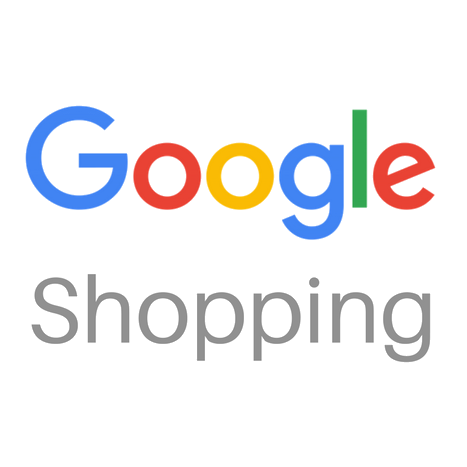How I Started A $30K/Month Business Selling Custom Trade Show Booths
Hello! Who are you and what business did you start?
My name is Ryan Schortmann and I’m the founder of Display Pros. We are a custom trade show display booth company offering easy to use portable display “kits” for small and medium businesses wanting to get into the trade show game.
Our flagship products are our trade show display booth kits, which are composed of high-resolution graphic fabric on collapsible frames that break down into a hard case that doubles as your podium. This makes them easy to transport and set up (you can even check your kit on a flight). They are also great for companies that need to support multiple different shows because once you own your kit it is super easy to get it rebranded for specific industries or prospective audiences. Simply order new graphic fabric and you’re off and running. We have a great design team in house and expert design service is included with your purchase price.

Download the report and join our email newsletter packed with business ideas and money-making opportunities, backed by real-life case studies.

Download the report and join our email newsletter packed with business ideas and money-making opportunities, backed by real-life case studies.

Download the report and join our email newsletter packed with business ideas and money-making opportunities, backed by real-life case studies.

Download the report and join our email newsletter packed with business ideas and money-making opportunities, backed by real-life case studies.

Download the report and join our email newsletter packed with business ideas and money-making opportunities, backed by real-life case studies.

Download the report and join our email newsletter packed with business ideas and money-making opportunities, backed by real-life case studies.

Download the report and join our email newsletter packed with business ideas and money-making opportunities, backed by real-life case studies.

Download the report and join our email newsletter packed with business ideas and money-making opportunities, backed by real-life case studies.






































